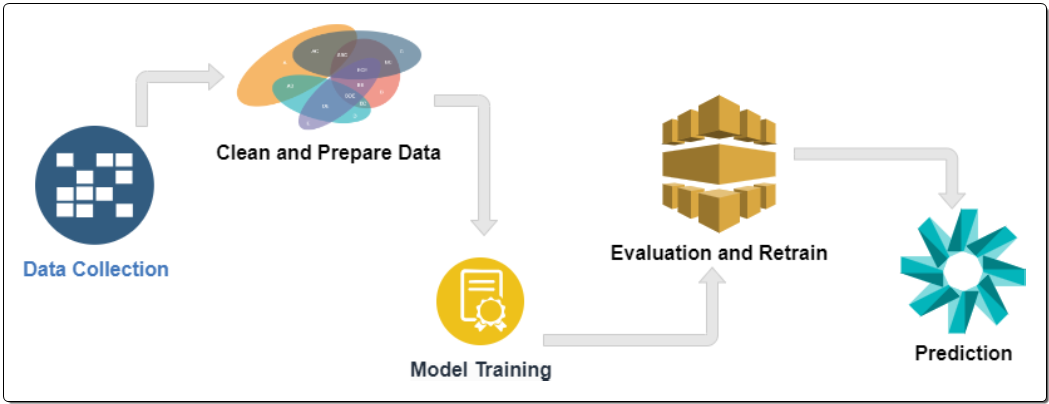What is the role of Machine learning in Data Science?
Data science works with massive amounts of data by utilizing cutting-edge methodologies and technologies to uncover previously hidden patterns, extract insights, and make business choices. Complicated machine learning algorithms are used in data science to develop models.
In order to reduce precise information from data, data science incorporates many domains such as scientific methodologies, statistics, data analysis, and artificial intelligence. Data scientists and data engineers use a variety of talents to analyze and gather data from the web as well as other data sources such as consumers and cellphones in order to obtain meaningful insights.
| Data Science | Machine Learning |
| It is a procedure that extracts data from semi-structured and well-organized data. | It is a discipline that allows systems to learn without being specifically designed. |
| Handle with data | Train the system by utilizing Data Science |
| Data science operations encompass data collection, processing, and cleansing, among other things. | Machine learning is classified into three types: unsupervised, supervised, and reinforced. |
| It is a wide phrase that refers to data processing and techniques. | ML is only concerned with algorithmic statistics. |
| Netflix is one example of this technology in Data Science. | Facebook uses machine learning. |
Data science is all about discovering patterns in raw data. This may be accomplished by delving deeply into data and comprehending complicated patterns and trends. Here is where machine learning comes in.
In data science, we utilize machine learning models to produce accurate estimations about a given set of data, such as predicting a patient has cancer based on bloodwork findings. We may do this by providing an algorithm on a huge number of instances, including patients who had or did not have cancer, as well as test findings for each patient. According to the lab results, the algorithm will learn from these cases until it can properly identify whether or not a patient has cancer.
Stages of Data Science in Machine Learning
Machine learning plays a five-stage function in data science:

Data collection, data preparation, model training, assessment, and prediction are all parts of machine learning. Data collection includes gathering and analyzing structured, unstructured, and semi-structured information from a variety of databases. Preparing components related to the company’s challenge while purifying the data to remove inconsistencies, noise, incomplete information, and missing values is what data preparation entails. Model training is determined by the accuracy of the training data and the machine learning algorithm chosen, considering criteria such as complexity, performance, interpretability, computer resource needs, and efficiency. Following training, the training data set is partitioned into training, evaluating and testing halves to establish the model’s bias and variance. Understanding bias and variance is critical for constructing accurate models and minimizing mistakes in the final step of model prediction.
Conclusion
Machine learning is an important technique in data science because it provides predictive power, automation, pattern identification, feature engineering, and other benefits. Overfitting, bias, interpretability, deep learning, data quality, hyperparameter tweaking, aggregation approaches, implementation, scaling, legal consequences, and ongoing training are some of the problems it encounters. As a result, the responsible, ethical, and informed application of machine learning is critical to its success and good influence on society.